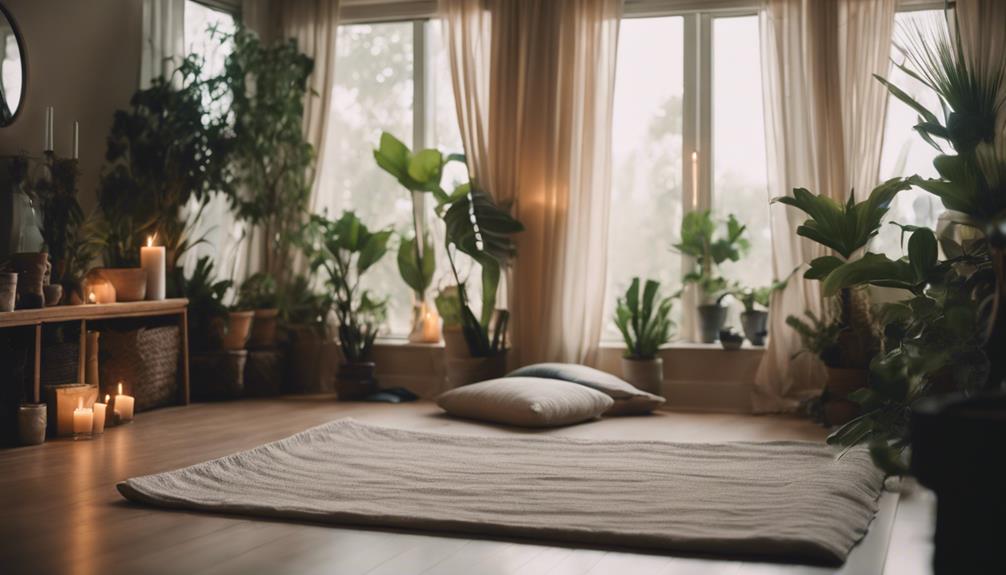How many yoga poses are there? This is a question that often pops up in the minds of both beginners and seasoned practitioners. With the vast array of styles and practices in yoga, it’s easy to feel overwhelmed by the sheer number of poses available. Whether you’re stepping onto the mat for the first time or deepening your practice, understanding the variety of yoga poses can enhance your experience and help you find your unique flow.
Discover the Count: How Many Yoga Poses Are There?
When it comes to the question of how many yoga poses are there, the answer is as vast as the ocean! The most widely recognized styles of yoga, such as Hatha, Vinyasa, and Ashtanga, include hundreds of asanas (the Sanskrit term for poses). While traditional texts like the Yoga Sutras of Patanjali do not specify an exact number, modern yoga has seen the creation and adaptation of numerous poses to cater to different needs and preferences. It is estimated that there are over 300 distinct yoga postures, each with its own variations and modifications.
However, the beauty of yoga lies not just in the number of poses, but in the way they can be combined, modified, and personalized. Many practitioners develop their unique sequences or flows by merging various poses, which can lead to an infinite number of variations. For instance, a simple pose like Downward-Facing Dog can be modified to suit personal comfort and abilities, making it accessible for everyone, from beginners to advanced yogis. So, while you may hear that there are hundreds of yoga poses, the reality is that the possibilities are virtually limitless.
Another factor that contributes to the count of yoga poses is the evolution of yoga in contemporary times. With the rising popularity of yoga across the globe, new poses are being developed and introduced regularly, influenced by different cultures and philosophies. This means that the number of yoga poses is continually expanding, as practitioners and instructors innovate and create new ways to express their understanding of yoga. So, while there may be a foundational number of poses, remember that the world of yoga is ever-evolving, mirroring the journey of each practitioner.
Unraveling the Mystery: Yoga Poses Galore Await You!
Now that we’ve explored how many yoga poses are there, let’s delve into the rich tapestry of these asanas. Each pose serves a purpose, whether it’s enhancing flexibility, building strength, or promoting relaxation. For example, Warrior I and Warrior II are designed to empower and instill a sense of groundedness, while Child’s Pose offers a gentle retreat for deep relaxation. This diversity makes it essential for practitioners to explore various poses and find what resonates with their body and mind.
Moreover, the classification of yoga poses can help you navigate this expansive landscape. Generally, poses are categorized into groups such as standing poses, seated poses, inversions, backbends, and restorative poses. Each category serves a distinct purpose and offers unique benefits, making it easier for you to focus on your goals. If you’re seeking to build strength, you might gravitate toward standing and balancing poses. However, if your aim is relaxation and mindfulness, restorative poses will guide you on that path.
Finally, it’s important to remember that yoga is not just about mastering as many poses as possible, but rather about cultivating a deeper connection with yourself. While it’s fascinating to know how many yoga poses are there, the true essence of yoga lies in the practice itself. Embrace the journey, explore the poses that inspire you, and appreciate the countless opportunities for growth and self-discovery that await you on your mat.
In conclusion, the question of how many yoga poses are there reveals a vibrant world filled with endless possibilities. With over 300 recognized poses and countless variations, there is truly something for everyone. As you embark on your yoga journey, focus on the joy of movement and exploration rather than getting caught up in the numbers. Remember, each pose is a stepping stone toward greater self-awareness and inner peace. Happy practicing!
